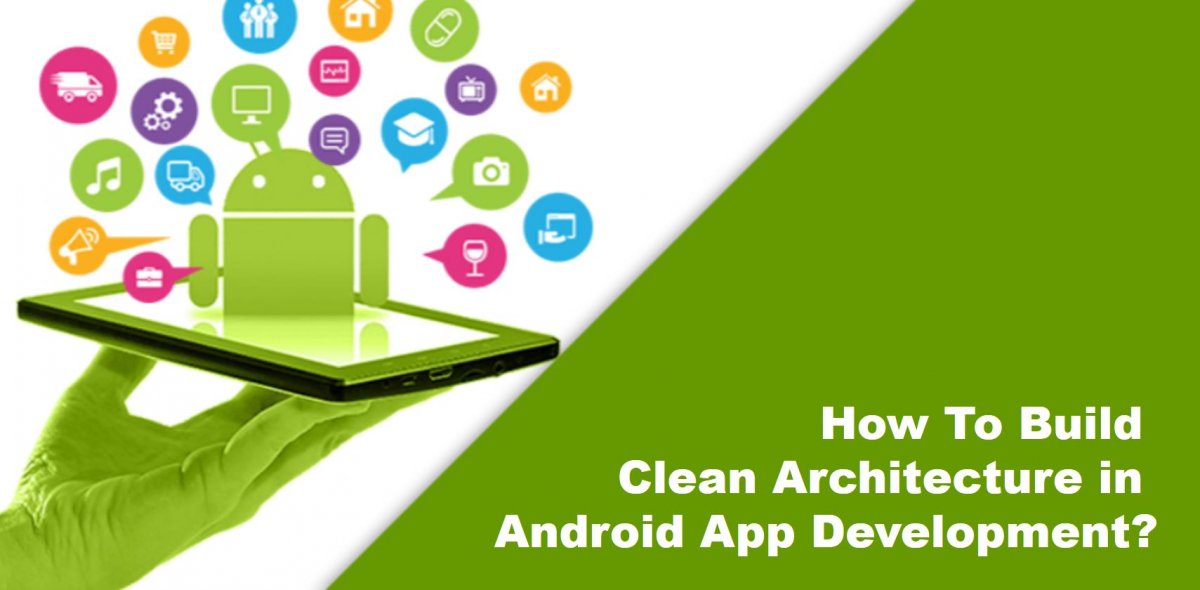An integral feature of Android app development is the use of clean architecture in order to manage the complexity of the application. It may not be important on smaller projects, but for larger projects, it can prove to be a lifesaver. Let us understand how to build clean architecture for more efficient
android app development.
SOLID Principles
There are five important design principles which developers use for making the android app design more understandable, user-friendly, and easier to navigate.
Single Responsibility: It means that each component of the android application should have only one reason to change, or rather one responsibility. No need to load unnecessary responsibilities upon one software.
Open-Closed: The software component should not be forced to modify itself or lose any of its extensions when it has to change. This means that the component’s usage should not cause any loss of functionality.
Liskov Substitution: If your app development involves the use of classes and subclasses, then you should be able to represent these without causing any disruption in the normal functioning of the app.
Interface Segregation: It is recommended to have small interfaces that make up a large interface because that will prevent the class from implementing the functionalities that it does not need. In effect, this will result in a clutter-free interface experience.
Dependency Inversion: This principle means that the individual software components should depend on abstractions rather than concrete implementations. Another logic is that higher-level modules should not be dependent upon lower-level modules.
Layers of Clean Architecture
There is a general consensus among
Android app developers that there should be no more than 5 layers in a clean architecture. These are:
- Presentation: The top layer that is used to interact with the user interface.
- Use Cases: It defines the type of interactions that can occur between the components.
- Domain: It contains the overall business logic of the Android application.
- Data: It contains all the data that is used to power the Android application.
- Framework: It implements interaction within the elements of the Android SDK and provides concrete implementations in sync with the layer of data.
In other words, inside the domain layer, the developer should not be accessing any other layer’s classes. By keeping this boundary rule, the developer can make sure that if there is any change made to data or the presentation layer, there would be no effect on the domain layer. And that is the fundamental idea behind clean architecture.
Project Structure
To be able to implement the clean architecture, you need to split your Android
app development into two modules: An existing app module that consists of a presentation layer and a framework layer; and a new core module that consists of use cases layer and data layer along with domain layer. The process is that you should start working outwards from the innermost layer, which is the domain layer.
Remember these points before you start implementing a clean architecture in your Android app development:
- Only the outer layers should depend on inner layers and not vice versa.
- The number of layers given here is indicative only. Use your own judgment to determine how many layers you require.
- Usually, components become more abstract in the inner layers.
Technology Stack:
Here is an example of a technology stack that is commonly used:
- Kotlin to develop the app along with the AndroidX library
- Room SQLite as a database
- Stetho to browse the data in bases
- Retrofit2 along with RxJava2 to help log server requests and get server responses.
- Glide to process images
- Android Architecture Components (LiveData, ViewModel, Room) and ReactiveX (RxJava2, RxKotlin и RxAndroid) for building dependencies, dynamic data changes, and processing asynchrony.
Conclusion:
It is a good practice to build clean architecture for your Android app development because it offers several advantages, such as:
- The code is highly independent and can be easily tested.
- You can easily replace or remove the individual layers and also move your app to a different platform.
- It is much easier to add newer features, upgrades and maintain the app
At
Optimal Virtual Employee, we have a high pedigree of developers who have worked extensively on clean architecture in Android App Development projects for a global clientele. We are passionate about building cleaner codes, robust structures, and efficient databases that not only make your business easier but also give you a competitive edge with our
cost savings.









